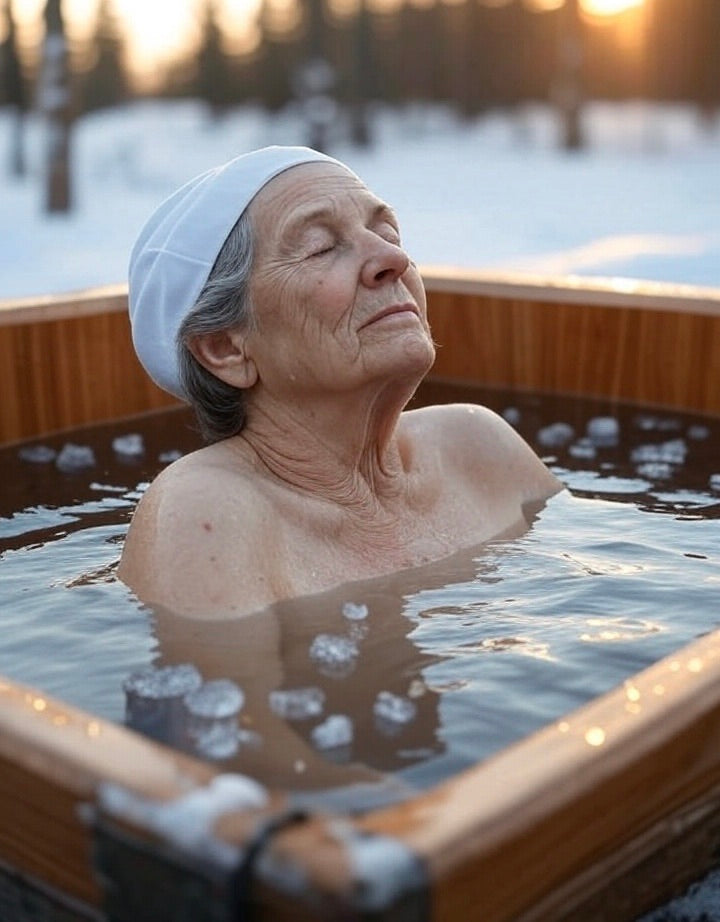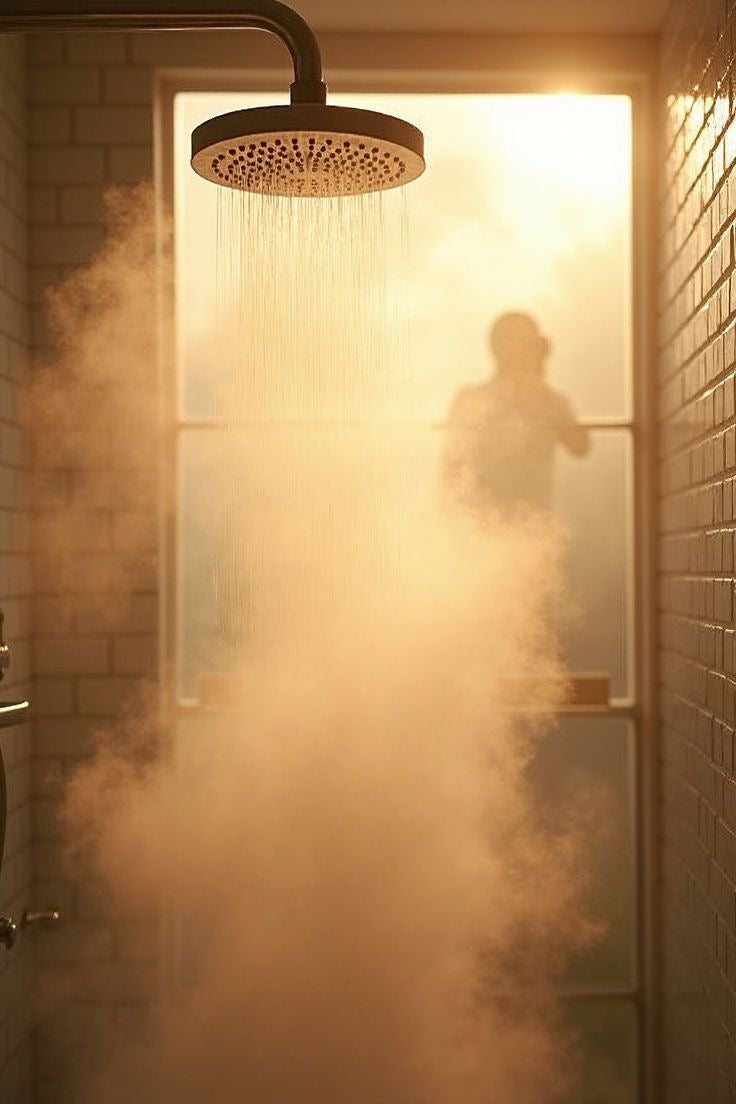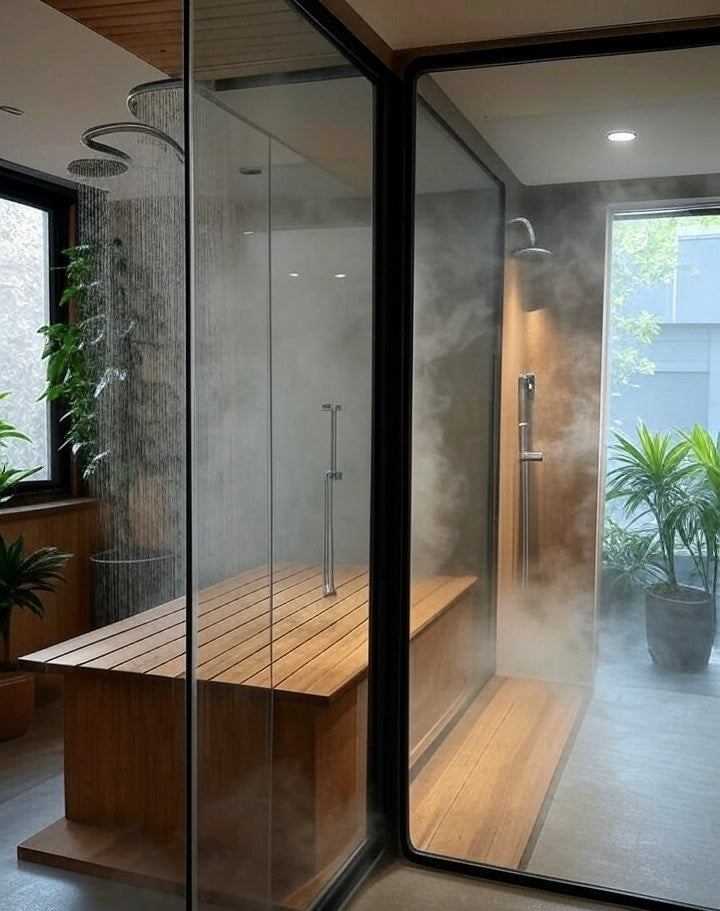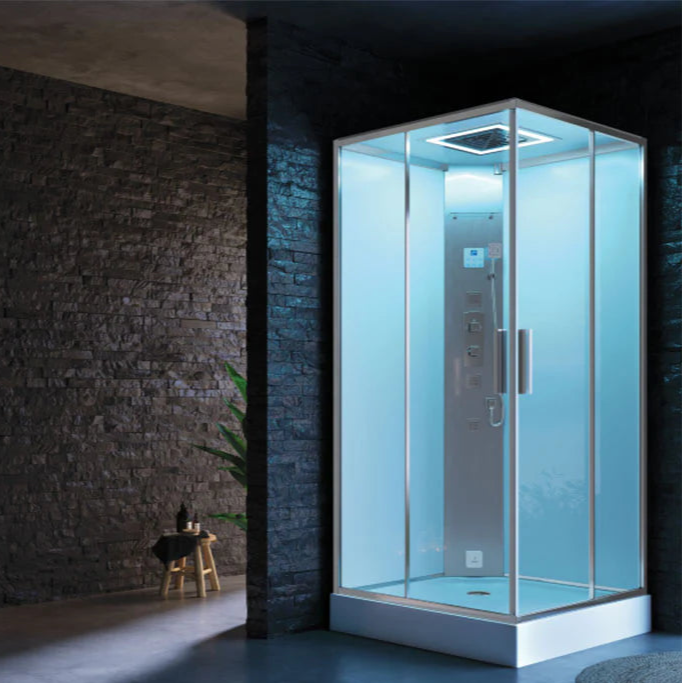Yes—a Cold Plunge or Ice Bath can be bad for you if you overdo it! Before diving into that Cold Plunge Tub or Ice Bath Tub, learn why too much chill can be risky, plus simple tips to stay safe and enjoy the icy benefits without regrets.
1. Understanding the Potential Dangers of Cold Plunges

1.1 Immediate Physiological Responses and Acute Risks
Cold Shock Response
A sudden plunge into icy water triggers an involuntary cold shock response.
You might gasp, breathe rapidly, and feel your heart rate and blood pressure spike.
It can be intense, surprising even seasoned users.
Risk of Drowning
Cold shock may cause confusion or loss of motor control.
In open water or if your head is submerged, you risk inhaling water.
That’s why Ice Bath Tubs and Cold Plunge Tubs need cautious, controlled entry.
Loss of Control and Sensation
Longer exposure can lead to numbness, weakness, or cramps.
This loss of sensation can make it difficult to exit the water safely.
Cold-induced weakness can catch anyone off guard.
1.2 Serious Health Complications and Potential Injuries
Cardiovascular Strain and Heart Issues
Sudden cold makes blood vessels constrict quickly.
This puts extra strain on the heart, which can lead to arrhythmias or even heart attacks.
Those with existing heart problems should take extra care.
Hypothermia
Staying in too long can drop your core temperature dangerously.
Symptoms include shivering, confusion, and slowed responses.
Hypothermia is serious and needs immediate warming and attention.
Tissue Damage
Frostbite is rare in controlled plunges but can occur in extreme cases.
Non-freezing cold injuries can also lead to long-term pain or sensitivity.
Look out for skin changes or persistent numbness.
2. Ensuring Safety: Who Should Be Cautious and How to Mitigate Risks
This section outlines who should think twice before plunging and offers practical safety guidelines.
2.1 Medical Conditions and Contraindications
Heart and Circulatory Conditions
People with heart disease, high blood pressure, Raynaud’s phenomenon, or poor circulation need to be careful.
Cold exposure can make these conditions worse.
Always check with your doctor.
Other Pre-existing Health Concerns
Those with diabetes or certain respiratory conditions like asthma should also be cautious.
Some medicines can change how your body reacts to cold.
Medical advice is important.
Pregnancy and Recent Injuries
Pregnant people or anyone with recent fractures or serious injuries should avoid cold plunges.
Always get medical clearance first.
Better safe than sorry.
2.2 Essential Safety Precautions and Best Practices
Consult Your Doctor First
If you have any health conditions, speak to a medical professional.
Getting the green light first helps avoid complications.
Don’t skip this step.
Gradual Acclimation and Controlled Entry
Start with shorter, warmer sessions.
Ease into colder temperatures slowly.
Always keep your head above water until you’re used to it.
Adherence to Recommended Durations and Temperatures
Beginners can try 30 seconds to 1 minute.
Gradually work up to 5–10 minutes if comfortable.
Avoid staying in too long, even if you feel fine.
Buddy System and Supervision
Never plunge alone, especially in open water or deep baths.
Having someone nearby improves safety.
It can even save your life in an emergency.
Immediate Rewarming Post-Plunge
Get dry and change into warm clothes straight after.
Wrap up in towels and sip a hot drink.
Move to a warm environment as soon as possible.
Listen to Your Body
Pay attention to how you feel.
If you experience pain, confusion, dizziness, or extreme discomfort, get out immediately.
It’s always better to be cautious.
3. Takeaways
-
Cold plunges, Ice Bath Tubs, and Cold Plunge Tubs offer benefits but come with real risks.
-
Know your limits to stay safe.
-
Medical advice, gradual acclimation, and simple safety steps help you enjoy the benefits while avoiding harm.






